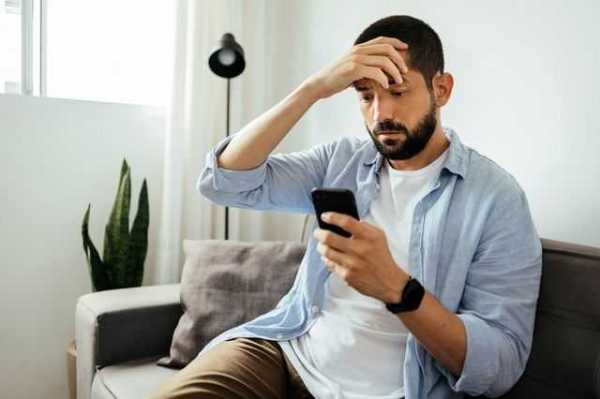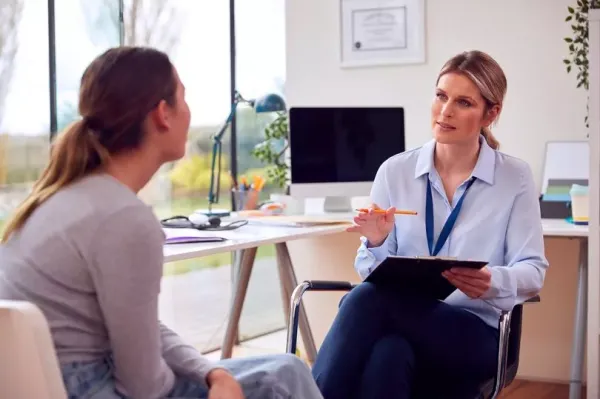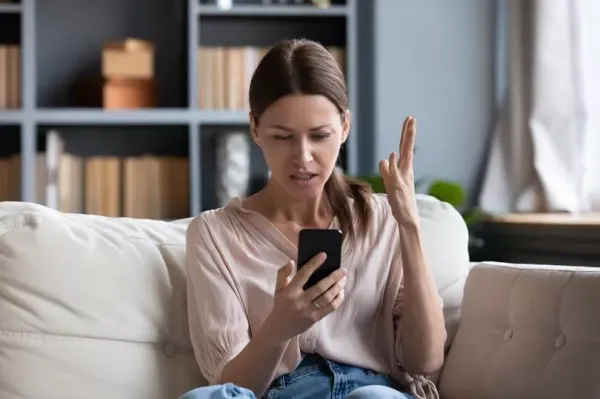
Face-to-face GP appointments have dropped again with more than a third now done remotely.
Some 70.8% of GP appointments were carried out in-person in October 2023, but this had dropped to 64.8% by August this year. Patients have previously reported having to wait longer for in-person appointments with practices sometimes insisting on a remote appointment first.
The new data shows phone appointments have remained at around 26% for 12 months but over 5% are now done via video call or online, according to latest data published by NHS England.

Dr Rachel Ward, a GP and member of the Rebuild General Practice campaign group, said: "GPs are seeing more patients than ever before - providing 27.6 million total appointments in August alone. We have been ringing the alarm bell for years, saying that the profession needs to retain its GPs... the crux of the issue is not about online appointments - it's about having enough GPs to begin with."
The NHS has ordered GPs to provide in-person appointments if a patient wants one, but in practice they have become harder to come by. The proportion of in-person appointments is the lowest figure since June 2022, shortly after the NHS started collecting data on the type of appointment in March 2022.
The proportion of GP appointments delivered by video or online has been rising steadily for much of the past year-and-a-half, passing 1% in May 2023, 2% in August and 3% in December. It hit 4% in March 2024 and stood at 5.2% in August - the first time it has been above 5%.
Professor Kamila Hawthorne, chair of the Royal College of GPs, said: "The college supports a mixed-method approach to delivering care and services in general practice, whereby practices can provide both in-person and remote appointments. This should be a decision made between patient and clinician.
"Many patients prefer the convenience and flexibility that remote consultations can offer, and evidence has also shown that in the vast majority of cases, remote care is safe. However, we also know that many patients prefer to access care in-person and this is how the vast majority of appointments in general practice are being carried out. In many cases, GPs might initially consult with a patient remotely, and then ask them to come into the practice if it's necessary to see them in person."

A review published earlier this year in the British Journal of General Practice concluded there was a fall of almost 3% full-time-equivalent GPs in England between 2015 and 2022. At the same time the number of patients per GP soared by 9% while total demand, as measured by total chronic conditions, increased by 32%.
It follows repeated Tory promises to increase GPs by thousands over the last decade. In 2015 and 2019 the government promised 5,000 more GPs by 2020 and in 2019 Boris Johnson promised an additional 6,000 GPs by 2024.
The incoming Labour government has promised to upgrade IT systems and has removed NHS restrictions on the recruitment of new GPs, insisting it will add 1,000 newly qualified family doctors by the end of the year.
A Department of Health and Social Care spokesperson said: "Patients who prefer a face-to-face appointment should have one and we are also committed to shifting care from analogue to digital, which includes offering patients digital appointments when and where they need one. We will get primary care back on its feet, shifting the focus out of hospitals and into the community, fixing the front door of the NHS and ending the misery of people unable to get a GP appointment."